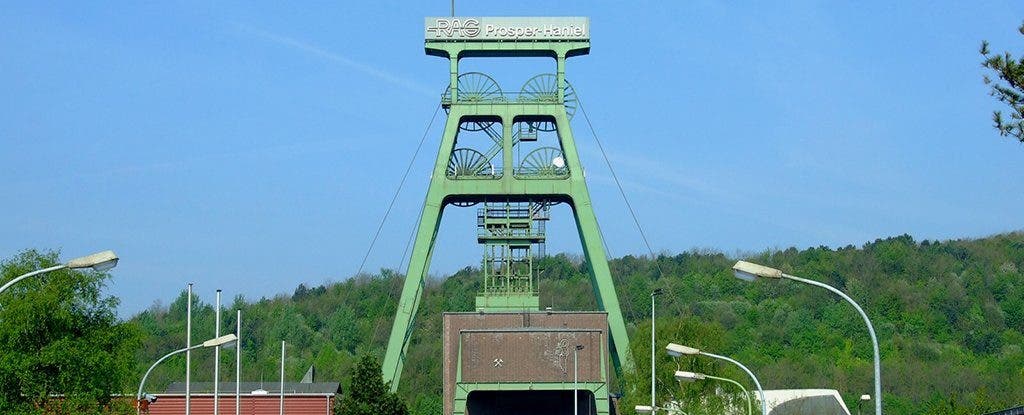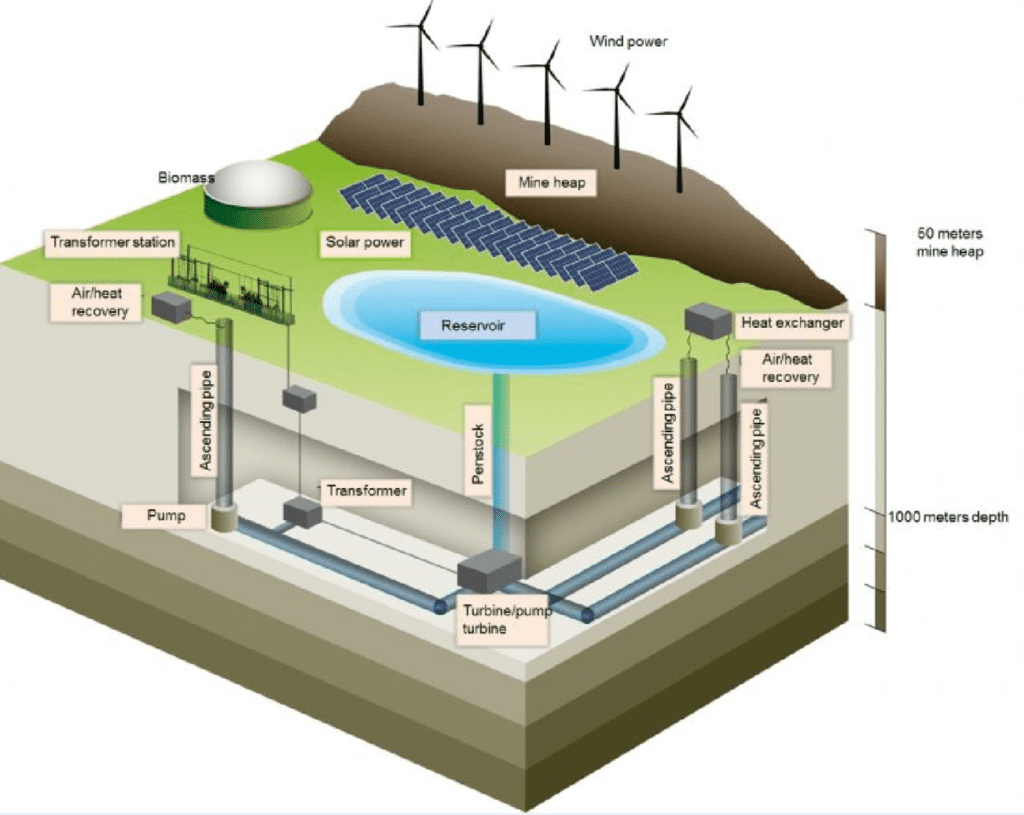
Since 1974, the Prosper-Haniel pit has been churning out millions of tonnes of coal. There is still some coal left but the fossil fuel resource is no longer favored by demand. Proving more of a hassle, the mine close to the Dutch border will be shut down in 2018 and German engineers already have plans for the sore ground. They plan on repurposing the mine’s pits into a 200-megawatt pumped-storage hydroelectric reservoir where energy from wind turbines or solar panels will be stored.
Regions like Rhineland or the Ruhr area haven’t been blessed with a varying landscape — it’s mostly flat, basically. The Proper-Haniel mine, however, is 600 meters deep which makes it ideal for a hydroelectric power storage thanks to the height difference. There is also no need to interfere with natural landscapes or re-route river flows which can be very damaging to local ecosystems.

The working principle for pumped hydro is very simple. Water is pumped in between two reservoirs positioned at different heights, where the difference in elevation is called the ‘water head’. When there’s low demand but the sun is shining strongly to produce a lot of energy, water is pumped into the highest reservoir. When demand is high and the solar farm or wind turbine can’t supply it, energy is released from the highest reservoir whose water flows into the lower reservoir pulled by gravity alone. Here, it turns a turbine for electricity.
Inside its 26-kilometer long shafts, Prosper-Haniel could hold as much as one million cubic meters of water which can hold immense amounts of energy.
Not only will this project ‘recycle’ old energy infrastructure, it will also help the local community by creating jobs which would have otherwise been negatively displaced. When the metamorphosis is complete, the Prosper-Haniel hydro plant could power as many as 400,000 German households.
A similar faith will have Australia’s Kidston gold mine, but also other coal mines from Germany planned for decommissioning as the government struggles to meet its 30 percent renewable goal by 2025.


